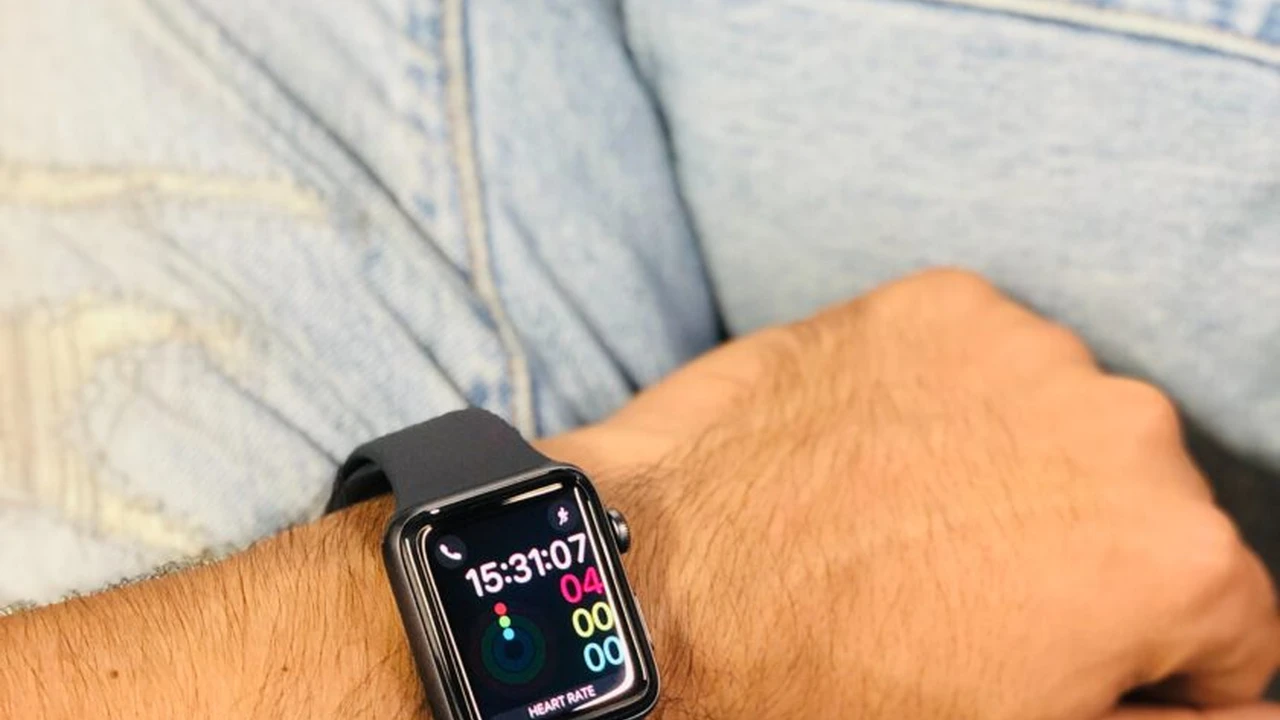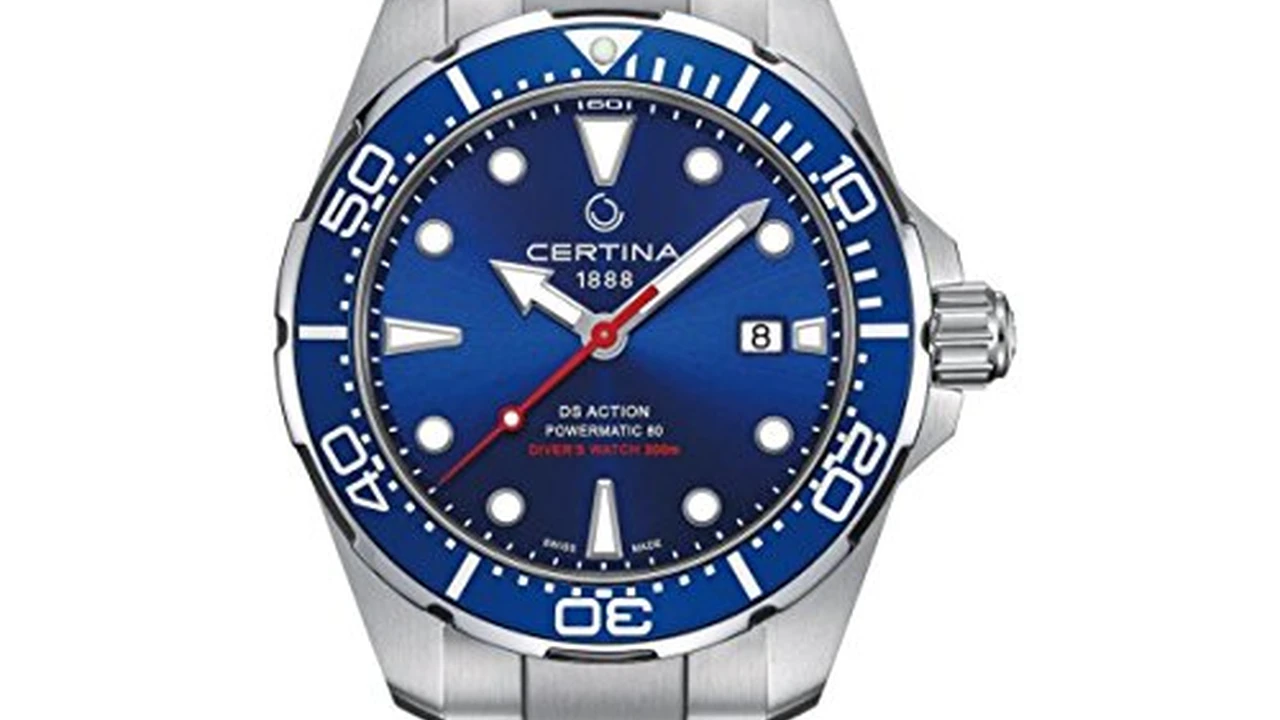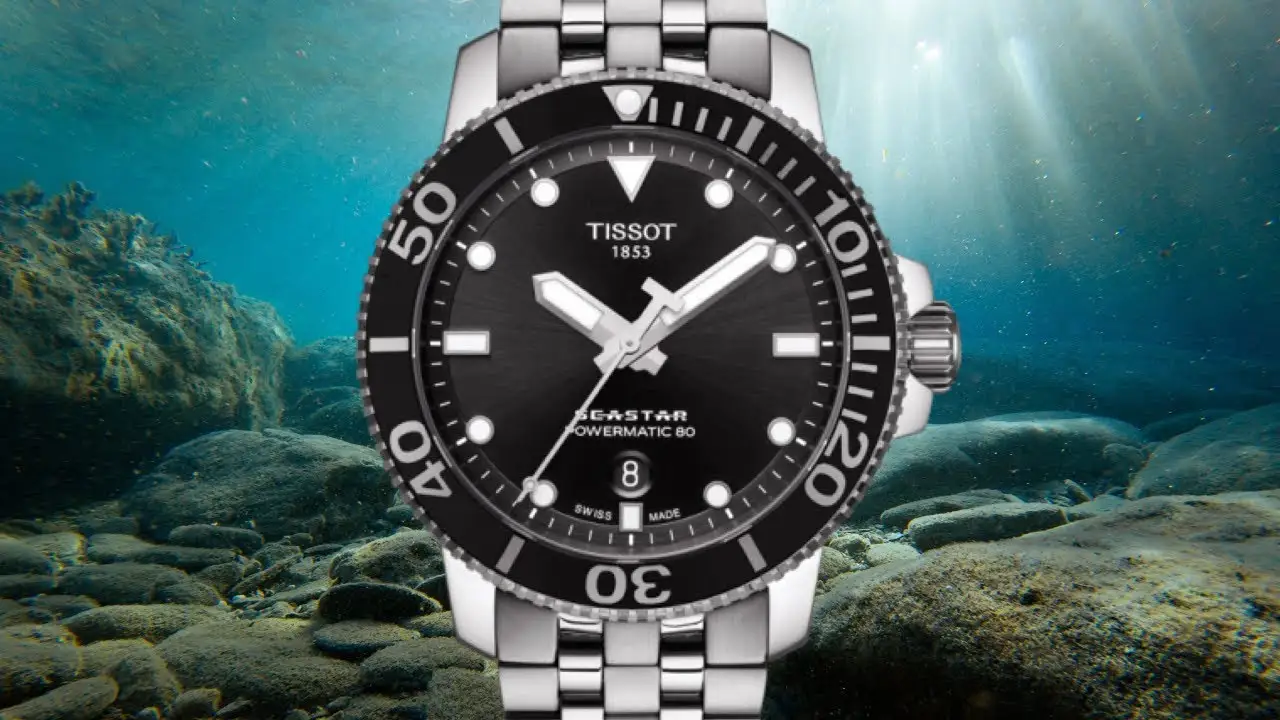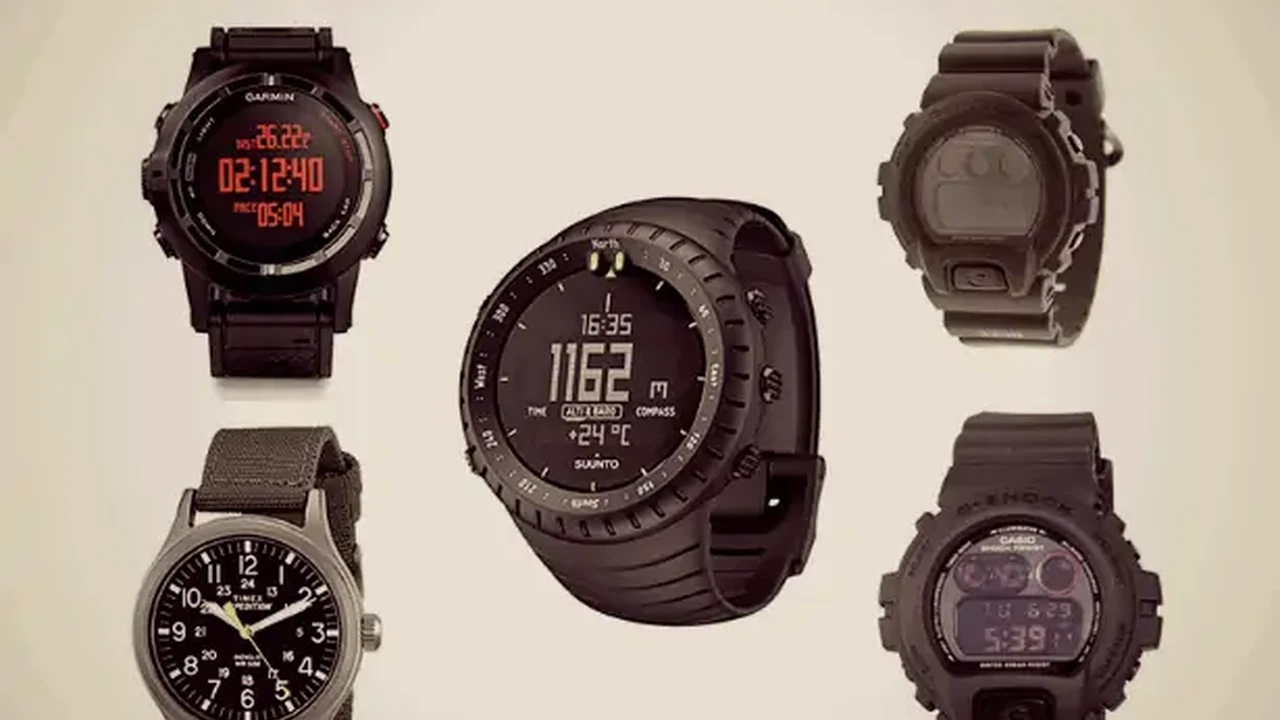The Future of Watchmaking: Emerging Technologies and Trends
Explore the future of watchmaking. Learn about emerging technologies, trends, and their potential impact on the industry.

Smartwatch Advancements Integrating Technology into Timepieces
Okay, let's dive into the exciting world of smartwatch advancements! Smartwatches are no longer just gadgets; they're becoming sophisticated extensions of our smartphones. We're seeing incredible integration of technology, from improved health tracking to seamless connectivity. Think about it: managing your calls, tracking your sleep, and even making payments, all from your wrist. It's pretty wild!
Enhanced Health and Fitness Tracking
One of the biggest areas of growth is in health and fitness tracking. We're talking about continuous heart rate monitoring, ECG capabilities, blood oxygen level tracking, and even sleep apnea detection. Companies are constantly refining these sensors to provide more accurate and actionable data. Imagine getting a notification that your heart rate is unusually high during a workout – that's the kind of insight these devices offer. The Apple Watch Series 9, for example, boasts advanced health sensors and algorithms that provide comprehensive health data. It retails for around $400 - $500.
Improved Connectivity and Communication
Connectivity is another key area. Newer smartwatches are boasting improved Bluetooth capabilities, faster Wi-Fi, and even cellular connectivity, allowing you to stay connected without your phone nearby. This means you can take calls, send texts, and stream music directly from your watch. Models like the Samsung Galaxy Watch 6, priced at $300 - $400, offer excellent cellular connectivity and seamless integration with Android devices.
Extended Battery Life and Power Efficiency
Battery life has always been a pain point for smartwatches, but manufacturers are making significant progress. They're optimizing power consumption, using more efficient processors, and even incorporating larger batteries. Some smartwatches can now last for several days on a single charge, which is a huge improvement. The Fitbit Sense 2, focusing on health tracking, can last up to 6 days and costs approximately $250 - $300.
Material Innovations in Watchmaking Exploring Sustainable and High-Performance Options
Beyond the tech, materials are undergoing a revolution. Watchmakers are experimenting with everything from sustainable materials to high-performance alloys. This not only makes watches more durable and visually appealing but also addresses growing environmental concerns.
Sustainable and Recycled Materials
Sustainability is a hot topic, and watch brands are taking notice. We're seeing the use of recycled materials like recycled stainless steel, ocean plastic, and even plant-based leather alternatives. This is a great way to reduce the environmental impact of watch production. For instance, the Tissot T-Touch Connect Solar, priced around $1,000, utilizes solar power and sustainable materials, showcasing a commitment to eco-friendliness.
High-Performance Alloys and Composites
On the other end of the spectrum, high-performance alloys and composites are gaining traction. Materials like titanium, ceramic, and carbon fiber offer exceptional strength, lightness, and scratch resistance. These materials are ideal for sports watches and high-end timepieces. The Omega Seamaster Planet Ocean, made with ceramic and titanium, offers exceptional durability and costs around $7,000 - $8,000.
3D Printing and Customization
3D printing is also making waves in watchmaking. It allows for the creation of intricate designs and customized components that would be impossible to produce using traditional methods. This opens up exciting possibilities for personalized watches and limited-edition creations. Some microbrands are already experimenting with 3D-printed cases, offering unique and affordable options.
Microfluidics and Watch Movements Revolutionizing Timekeeping
Microfluidics? In watches? Yep, it's happening! This technology, which involves manipulating tiny amounts of fluid, is being used to create innovative and visually stunning watch movements. It's a whole new level of watchmaking artistry.
Liquid-Based Time Displays
Imagine a watch that displays time using flowing liquids instead of traditional hands. That's the promise of microfluidics. These liquid-based time displays are not only visually striking but also offer new ways to interpret time. The HYT H1, a high-end watch utilizing microfluidics to display time with liquid, costs upwards of $50,000. It's a true statement piece.
Enhanced Accuracy and Efficiency
Beyond aesthetics, microfluidics can also improve the accuracy and efficiency of watch movements. By precisely controlling the flow of fluids, watchmakers can regulate the energy transfer within the movement, leading to more consistent timekeeping. While still in its early stages, this technology has the potential to revolutionize watch mechanics.
The Metaverse and NFTs Digital Ownership and Virtual Watch Experiences
The metaverse and NFTs are also making their mark on the watch industry. Brands are exploring ways to offer digital ownership and virtual watch experiences to appeal to a new generation of collectors.
Digital Twins and Virtual Showrooms
Some brands are creating digital twins of their watches, allowing customers to explore the timepieces in virtual showrooms. This provides an immersive experience that goes beyond traditional online shopping. You can virtually try on watches, zoom in on details, and even customize your own model. It's like having a personal watch consultant at your fingertips.
NFTs and Digital Ownership
NFTs (Non-Fungible Tokens) are being used to represent digital ownership of watches. This allows collectors to own a unique digital version of their favorite timepiece, which can be traded or displayed in virtual galleries. This is a new way to engage with the watch community and showcase your collection in the digital world. Jacob & Co. has released several NFT watches, blurring the line between physical and digital ownership.
Artificial Intelligence AI in Watch Design and Personalization
AI is starting to play a role in watch design and personalization. Algorithms can analyze customer preferences and create customized watch designs that perfectly match their individual style.
AI-Powered Design Tools
AI-powered design tools can generate watch designs based on specific parameters, such as materials, colors, and complications. This allows watchmakers to quickly explore a wide range of design options and create unique timepieces. Imagine feeding an AI algorithm your favorite colors, preferred materials, and desired complications, and it generates a watch design tailored just for you!
Personalized Recommendations and Style Matching
AI can also be used to provide personalized watch recommendations based on your style, budget, and lifestyle. By analyzing your online activity and purchase history, AI algorithms can suggest watches that you're likely to love. This can be a great way to discover new brands and models that you might not have otherwise considered.
:max_bytes(150000):strip_icc()/277019-baked-pork-chops-with-cream-of-mushroom-soup-DDMFS-beauty-4x3-BG-7505-5762b731cf30447d9cbbbbbf387beafa.jpg)






